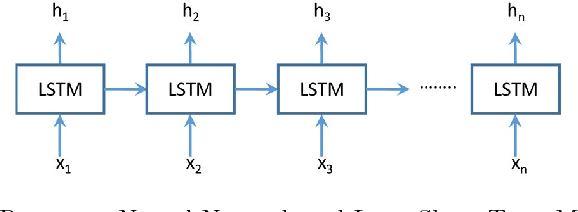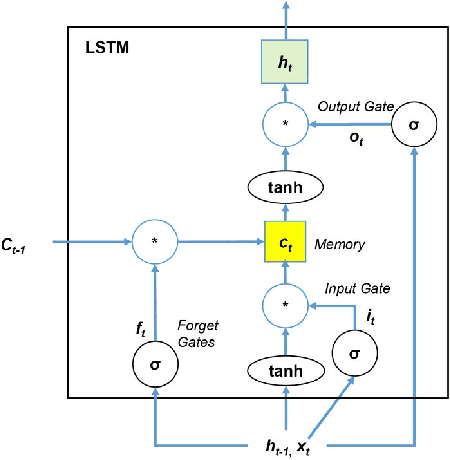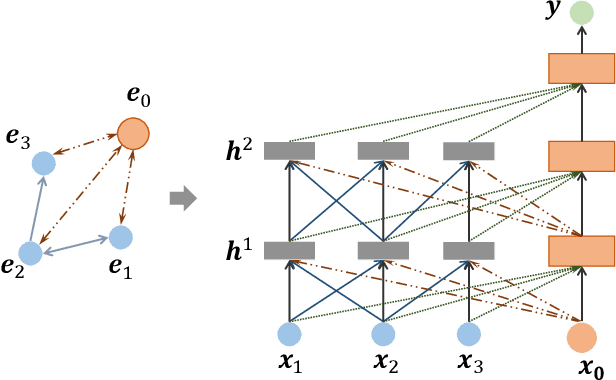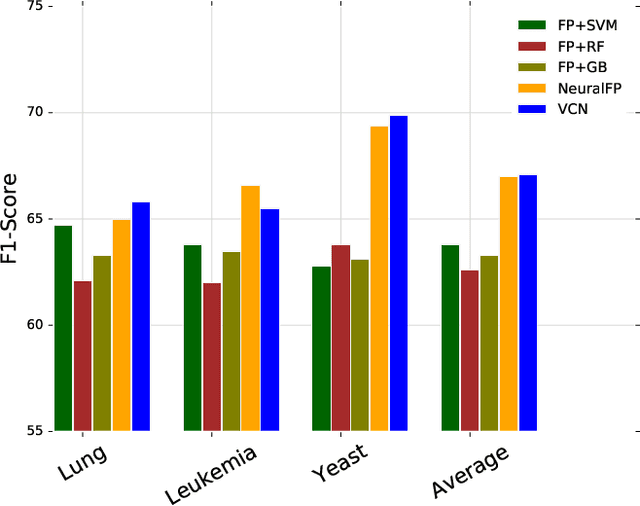Hoa Dam
On Conforming and Conflicting Values
Jul 08, 2019
Abstract:Values are things that are important to us. Actions activate values - they either go against our values or they promote our values. Values themselves can either be conforming or conflicting depending on the action that is taken. In this short paper, we argue that values may be classified as one of two types - conflicting and inherently conflicting values. They are distinguished by the fact that the latter in some sense can be thought of as being independent of actions. This allows us to do two things: i) check whether a set of values is consistent and ii) check whether it is in conflict with other sets of values.
Memory-Augmented Neural Networks for Predictive Process Analytics
Feb 03, 2018



Abstract:Process analytics involves a sophisticated layer of data analytics built over the traditional notion of process mining. The flexible execution of business process instances involves multiple critical decisions including what task to perform next and what resources to allocate to a task. In this paper, we explore the application of deep learning techniques for solving various process analytics related problems. Based on recent advances in the field we specifically look at memory-augmented neural networks (MANN)s and adapt the latest model to date, namely the Differential Neural Computer. We introduce two modifications to account for a variety of tasks in predictive process analytics: (i) separating the encoding phase and decoding phase, resulting dual controllers, one for each phase; (ii) implementing a write-protected policy for the memory during the decoding phase. We demonstrate the feasibility and usefulness of our approach by solving a number of common process analytics tasks such as next activity prediction, time to completion and suffix prediction. We also introduce the notion of MANN based process analytics recommendation machinery that once deployed can serve as an effective business process recommendation engine enabling organizations to answer various prescriptive process analytics related questions.Using real-world datasets, we benchmark our results against those obtained from the state-of-art methods. We show that MANNs based process analytics methods can acheive state-of-the-art performance and have a lot of value to offer for enterprise specific process anlaytics applications.
Graph Classification via Deep Learning with Virtual Nodes
Aug 14, 2017



Abstract:Learning representation for graph classification turns a variable-size graph into a fixed-size vector (or matrix). Such a representation works nicely with algebraic manipulations. Here we introduce a simple method to augment an attributed graph with a virtual node that is bidirectionally connected to all existing nodes. The virtual node represents the latent aspects of the graph, which are not immediately available from the attributes and local connectivity structures. The expanded graph is then put through any node representation method. The representation of the virtual node is then the representation of the entire graph. In this paper, we use the recently introduced Column Network for the expanded graph, resulting in a new end-to-end graph classification model dubbed Virtual Column Network (VCN). The model is validated on two tasks: (i) predicting bio-activity of chemical compounds, and (ii) finding software vulnerability from source code. Results demonstrate that VCN is competitive against well-established rivals.
 Add to Chrome
Add to Chrome Add to Firefox
Add to Firefox Add to Edge
Add to Edge